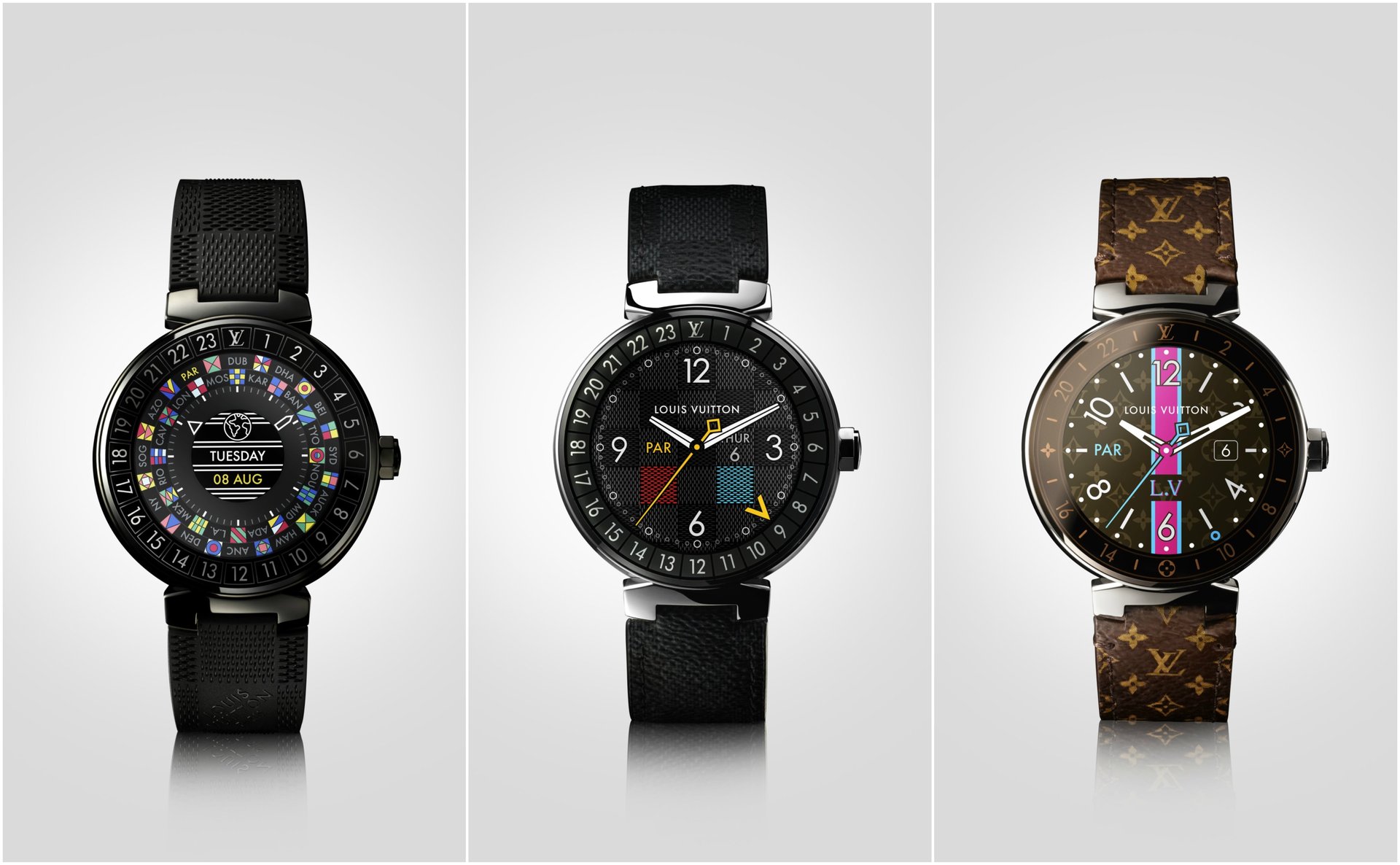Louis Vuitton has released a new smartwatch that makes Apple’s look mass-market
Not long ago, if you wanted to buy a smartwatch it seemed like there was only one place to turn: Apple. The company’s connected watch set the standard for the market. But it was also a luxury gadget. Nobody really needed an Apple Watch.


Not long ago, if you wanted to buy a smartwatch it seemed like there was only one place to turn: Apple. The company’s connected watch set the standard for the market. But it was also a luxury gadget. Nobody really needed an Apple Watch.
The market, of course, has since expanded. Fashion brands such as Michael Kors are making their own smartwatches. Apple’s basic version, which starts at $269, is now regarded as a mass-market product, even if it isn’t as ubiquitous as other Apple devices. And Apple itself has genuine luxury versions in collaboration with Hermès that cost more than $1,000.
But for the shopper who wants something still more rarefied, French label Louis Vuitton has just released its own entry into the category, the Tambour Horizon. Created in partnership with Google and Qualcomm, it was designed to serve the world traveler—Vuitton’s core customer—but will of course appeal to certain shoppers who want a smartwatch with the Louis Vuitton branding and prestige. Shoppers will have to pay for it, though: Depending on which version you choose, the watch costs anywhere from about $2,450 to $2,900.
The Tambour Horizon is based on Louis Vuitton’s Tambour series, which launched the company’s foray into watchmaking 15 years ago. It allows you to select the digital face you want, has 30 easily interchangeable straps for men and women, and does all the standard smartwatch things: notifies you of calls, texts, and emails; has an alarm and a step counter; and shows you the weather, as well as, of course, the time. As with all Louis Vuitton products, attractive design was a top priority.
But Vuitton has also equipped it with a unique set of features meant to make life easier for jetsetters hopping about the globe. The “My Flight” app lets travelers input their flight information and get all their flight times, delay alerts, terminal and gate information, and the hours left until arriving at their destination. (The company pledges it does nothing with the information but help you in your travels.)
Its “GMT” function also uses the 24-hour display around the rim of the dial to make it simple for you to determine the corresponding time in different cities around the world. And Louis Vuitton has incorporated city guides it previously created for seven different world capitals, using geolocation to provide you with information in real time on nearby restaurants, hotels, historical landmarks, and tourist attractions as you move about.
Notably, the watch is also set up to move easily in and out of China, which makes sense given that the Chinese are its largest watch buyers. As Louis Vuitton chairman and chief executive Michael Burke explained to Business of Fashion: “Right now, when [the] Chinese travel, they have to travel with two watches: one for China and one for the rest of the world. If a Chinese citizen buys the Horizon watch in Paris, when they land in Shanghai and they reboot the watch, it boots automatically on the Chinese operating system.”
For Vuitton, the watch is ultimately just a first step toward connected products. “Look, the internet of things is really only going to get bigger,” Burke told the New York Times (paywall). “You can sit on the sidelines and watch, or dive in and participate and try to influence where things go. We’re diving in.”
To follow will be connected luggage, footwear, and clothing, all in Louis Vuitton’s luxury fabrications. Think of it as the internet of very expensive things.